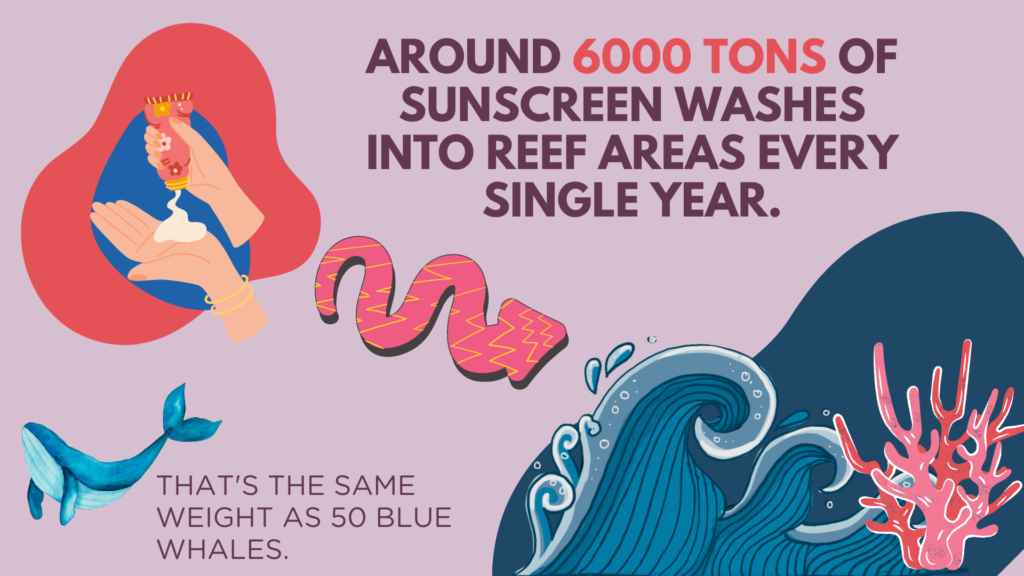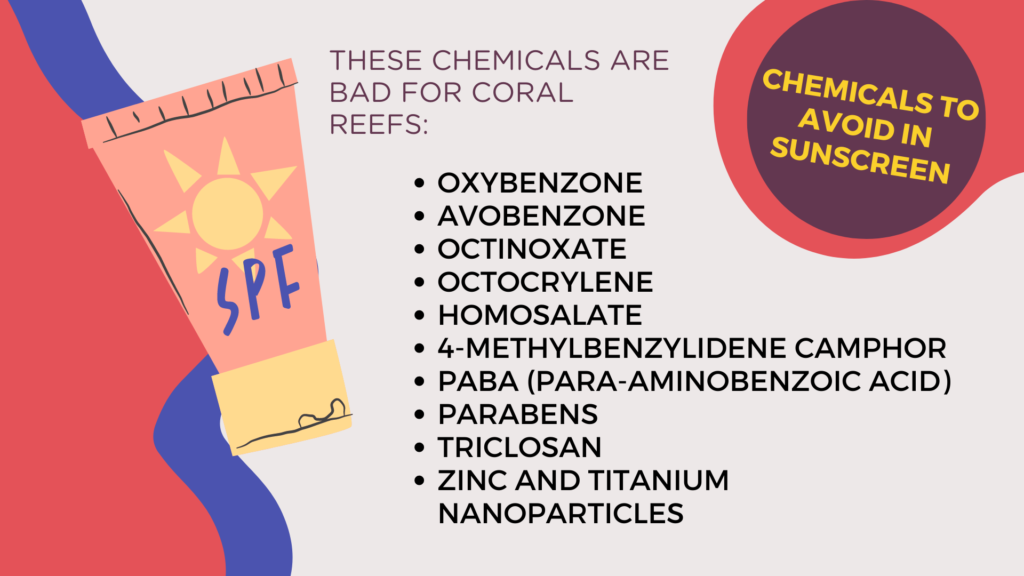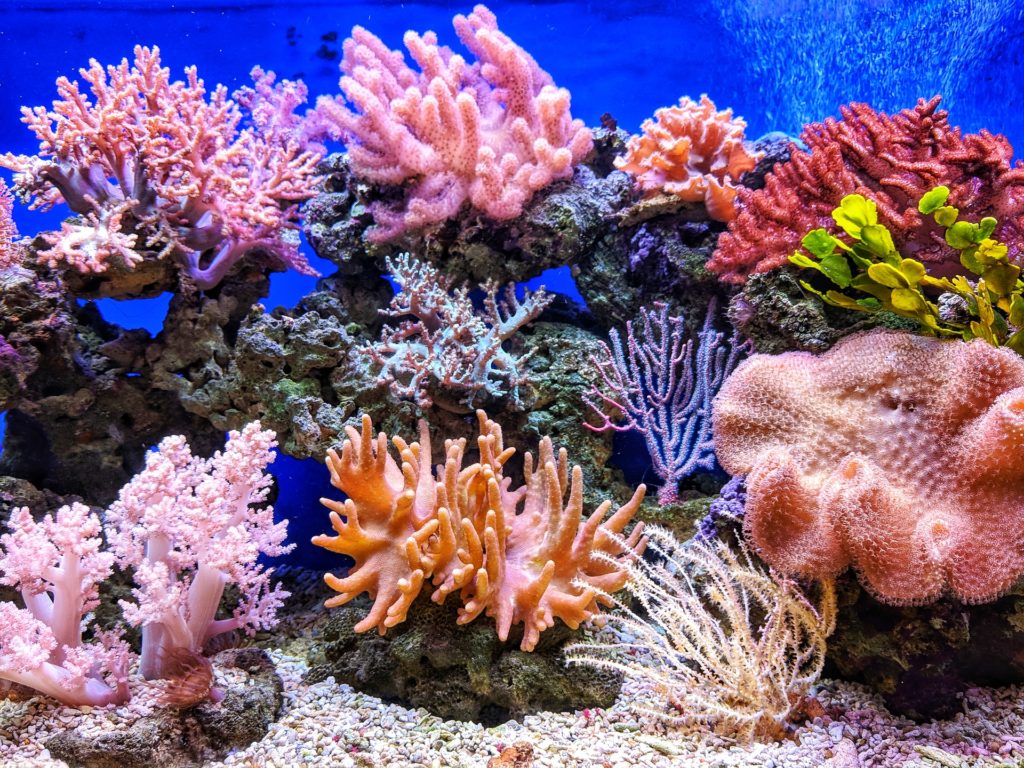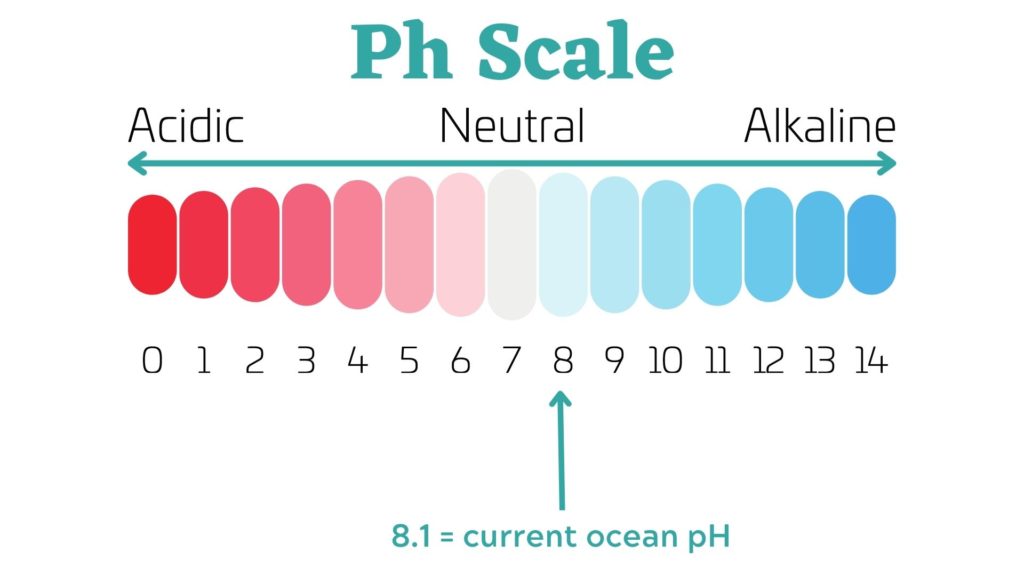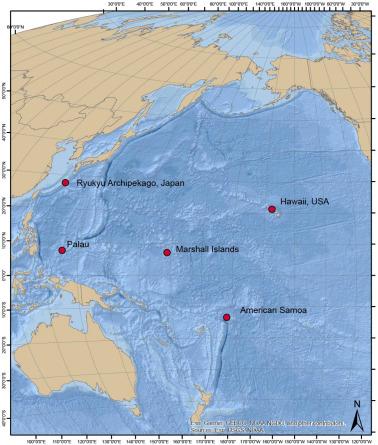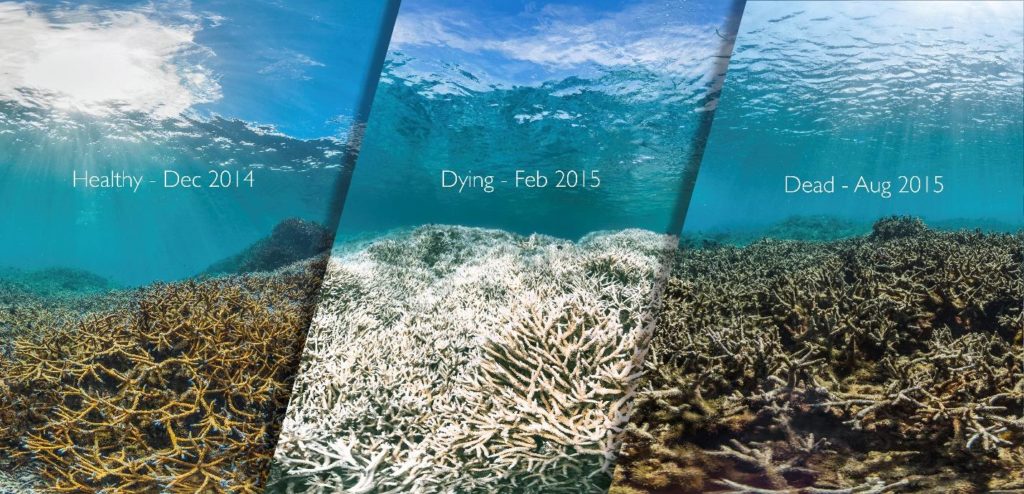
The Great Barrier Reef, located off the Australian coast, is the largest coral reef ecosystem on the planet and one of the most outstanding world heritage sites. It serves as a vast sanctuary for thousands of marine species, protects surrounding islands from storms, provides food, and generates revenue through ecotourism. But the Great Barrier Reef is now in great danger as it experiences its sixth massive coral bleaching event.
A new report from UNESCO scientists explains that the Great Barrier Reef is suffering from accelerating damages from human-caused climate change. They argue that the area must be listed in the record of world heritage sites as “in danger” because the deterioration is accelerating at an alarming phase, pushing the reef’s health beyond its tipping point.
In this article, we’ll review the main points of the new UNESCO report on the Great Barrier Reef and explore the global response to the report.
Background Information: What is Ocean Acidification?
Full Report: Report on the Joint World Heritage Centre/IUCN reactive monitoring mission to the Great Barrier Reef (Australia from 21 to 30 March 2022) (UNESCO, Nov 2022)
Why Is the Great Barrier Reef in Danger?
Since 2015, the Great Barrier Reef has been experiencing massive coral bleaching events due to increasing ocean temperatures and ocean acidification. In fact, in 2021, scientists discovered that the global population of living corals has declined by 50% since the 1950s. This is due in large part to the ongoing usage of fossil fuels such as coal, oil, and gas around the world.
Recent UNESCO scientists’ assessments of the Great Barrier Reef found that it is experiencing its sixth massive coral bleaching event, pushing the reef’s damage to an irreversible tipping point.
- During their monitoring, scientists discovered around 750 out of 3,000 reefs within the Great Barrier Reef are suffering from widespread bleaching. That is about 25% of the Great Barrier Reef.
- James Cook University marine biology professor Jodie Rummer explains that even the healthiest coral may take a decade to recover from bleaching, and with consecutive mass coral bleaching events, we may not see adaptation and recovery as an option for them.
- Scientists predicted that up to 90% of coral reefs around the world may disappear in the next 20 years due to ocean acidification. The Great Barrier Reef is one of the reef areas most affected by acidification.
- UNESCO scientists’ report argues that the Great Barrier Reef should be added to the list of world heritage sites that are “in danger.” This UN-backed recommendation comes after the World Heritage Committee’s initial recommendation of an “in danger” listing in 2021.
- The report argues that in order to give the Great Barrier Reef a chance to combat the effects of ocean acidification, we must reduce greenhouse gas emissions, reassess carbon credit schemes and increase financial investment in protecting the reef.
What Was the Response to the UNESCO Report?
UNESCO’s push to list the Great Barrier Reef as “in danger” was received with a mixed response.
- UNESCO advised the Australian government to boost its carbon-reduction policies and invest more in water-quality improvement programs. However, the Australian government’s policies continue to fall short of UNESCO’s critical recommendations.
- The Australian government argues that it is unnecessary to list the Great Barrier Reef as “in danger” because they are doing enough to protect the Great Barrier Reef. For example, they cite their recent commitment to invest $1 billion in reef protection programs from 2022 to 2030.
- While UNESCO acknowledges that listing the Great Barrier Reef as “in danger” could affect its tourism, it may also establish Australia’s name as a world leader in terms of the conservation and protection of a world heritage site.
- UNESCO also emphasized that categorizing the Great Barrier Reef as “in danger” on the world heritage list is essential, as it could encourage other countries to join in conservation efforts to protect it. The World Heritage Committee’s decision whether to label the Great Barrier Reef as “in danger” or not will be based on UNESCO’s assessment. UNESCO is still waiting for Australia to ensure compliance with their provided recommendations. However, the Australian government continues to deny that these recommendations are necessary.
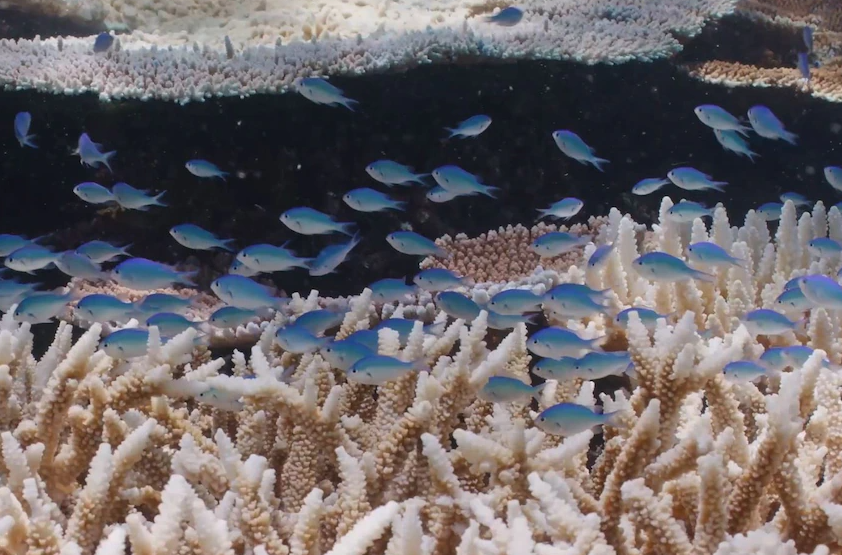
(Source: WWF Australia/ABC News)
Sources:
“Great Barrier Reef should be placed on the ‘in danger’ list, UN-backed report shows” CNN, Nov 29, 2022
https://www.sciencedaily.com/releases/2022/05/220525182619.htm
“United Nations recommends Great Barrier Reef be added to World Heritage ‘in danger’ list” ABC News, Nov 29, 2022
“Report on the Joint World Heritage Centre/IUCN reactive monitoring mission to the Great Barrier Reef (Australia from 21 to 30 March 2022)” UNESCO, Nov 2022.
